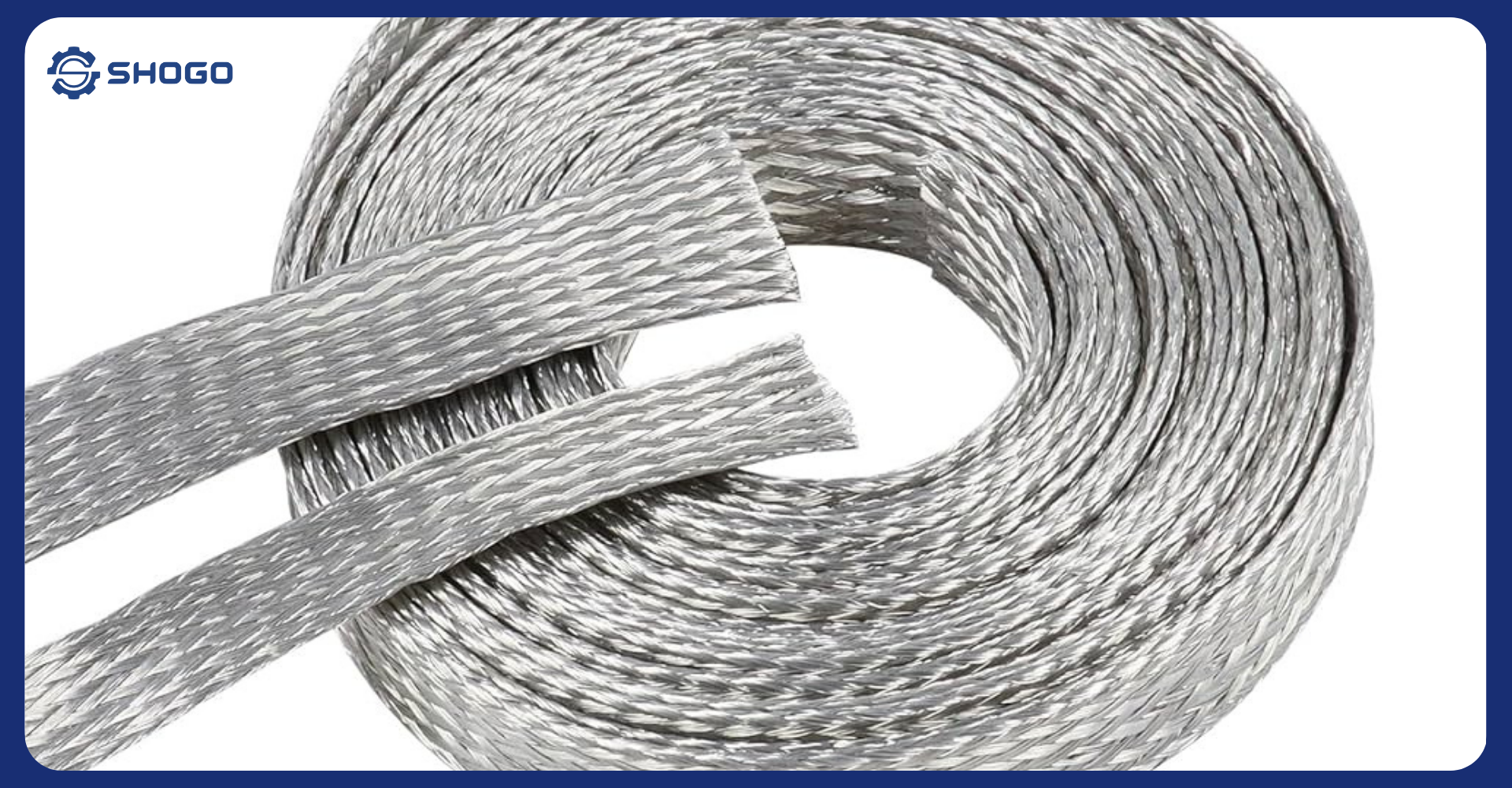
1. Concept of HV Cable and Conventional Electrical Cables
1.1. HV Cable (High Voltage Cable)

HV Cable (High Voltage Cable) is a specialized type of electrical cable used to transmit high voltage, typically from 35kV and above. This type of cable is designed with multiple insulation and protective layers to withstand high voltage, reduce power loss, and increase durability in harsh operating environments.
The structure of HV Cable includes a conductor core made of copper or aluminum with a large cross-section, insulation made of high-temperature-resistant materials such as XLPE (Cross-linked Polyethylene), and protective layers against electromagnetic interference. The cable can be installed overhead, underground, or underwater, depending on technical requirements.
1.2. Conventional Electrical Cables

Conventional electrical cables are used in low and medium voltage electrical systems, primarily serving residential, light industrial, and construction needs. The rated voltage of these cables is usually below 35kV, commonly in the range of 220V – 11kV.
The insulation material of conventional cables is PVC (Polyvinyl Chloride) or synthetic rubber. Since their load-bearing requirements are not as high as HV Cables, their structure is simpler, making them easier to manufacture and more cost-effective.
2. Comparison Table: HV Cable vs. Conventional Electrical Cables
| Criteria | HV Cable (High Voltage Cable) | Conventional Electrical Cable |
|---|---|---|
| Structure | Large-section copper/aluminum core, XLPE insulation, multiple protective layers | Smaller copper/aluminum core, PVC or synthetic rubber insulation, fewer protective layers |
| Operating Voltage | 35kV – 500kV or higher | Below 35kV (commonly 220V – 11kV) |
| Applications | High voltage grids, power plants, substations, industrial zones | Residential electricity, construction projects, internal distribution systems |
| Durability | Heat-resistant, fireproof, high mechanical strength, lifespan of 30 – 50 years | Average lifespan of 10 – 20 years, more prone to damage in harsh environments |
| Load Capacity | High conductivity, reduced power loss, supports large power loads | Higher power loss due to resistance, suitable only for small loads |
| Safety | Excellent insulation, fire and explosion resistant, reduces electrical discharge risks | Lower protection, potential safety hazards if overloaded |
| Installation | Installed underground, overhead, or underwater, requiring high technical expertise | Mainly surface-mounted or indoor installations, easier to implement |
3. Outstanding Advantages of HV Cable
3.1. Enhanced Power Transmission Efficiency
HV Cable helps reduce voltage loss and operational costs due to lower resistance, improving transmission system efficiency.
3.2. High Safety Standards
Multi-layer insulation minimizes electricity leakage, reduces fire hazards, and ensures stable operation in extreme conditions.
3.3. Long Lifespan
Designed to withstand heat, mechanical stress, and corrosion, HV Cable offers a lifespan of up to 50 years, significantly surpassing conventional electrical cables.
3.4. Versatile Applications
High voltage cables can be used in various environments, including overhead, underground, and underwater, meeting large-scale power transmission demands.
3.5. Reduced Maintenance Costs
Thanks to its high durability and low failure rate, HV Cable significantly cuts down on repair and maintenance expenses in the long run.
4. Choosing Between HV Cable and Conventional Electrical Cables
Selecting the appropriate cable type depends on the intended application and system requirements:
- HV Cable is ideal for large-scale power transmission systems requiring high durability and load capacity, such as power plants, industrial zones, or major infrastructure projects.
- Conventional Electrical Cable is suitable for smaller distribution systems, such as residential buildings, office complexes, or medium-sized factories.
- In many systems, a combination of both types can optimize costs and efficiency, e.g., using HV Cable for long-distance transmission and conventional cables for local distribution.
5. Conclusion
HV Cable and conventional electrical cables have distinct technical characteristics suited to specific applications. HV Cable provides advantages in power transmission efficiency, durability, and safety but comes with a higher investment cost. On the other hand, conventional cables are easier to install, more affordable, but not suitable for high-load systems.
Choosing the right cable type not only optimizes system operation but also ensures electrical stability and safety. For long-term, large-scale systems, HV Cable is the optimal choice. Conversely, if the requirements are not too demanding and cost is a priority, conventional electrical cables remain a viable solution.
We hope this article provides you with a clearer understanding of these two cable types and helps you make informed technical decisions.


